This blog post was originally published on 2/28/2016.
There is no If. There is only When.
If you use Archicad or Revit, the concept that people still haven’t switched to BIM is almost unfathomable. There are people still drawing interior elevations line by line in 2022. You either find that as crazy as I do, or you are in trouble.
Archicad is over forty years old. Many of us are celebrating fifteen, twenty, twenty-five, or more years of using Archicad. Some of us have been using Archicad longer than our younger coworkers and collaborators have been alive. There are people who have been using it for their entire careers. There are people, young and not so young, who NEVER used CAD. I know an architect here in Seattle who jumped straight from hand drafting to Archicad. He skipped CAD before most of the people around him even saw CAD as a serious replacement to drawing all day.
For every user who is a grizzled old veteran, there are many more that are worrying about their first upgrade cycle or excited that they no longer feel like a new user. Plenty of firms will take the plunge and switch to BIM in 2022, leaving the world of flatCAD for good. And more will join us in 2023. They must.
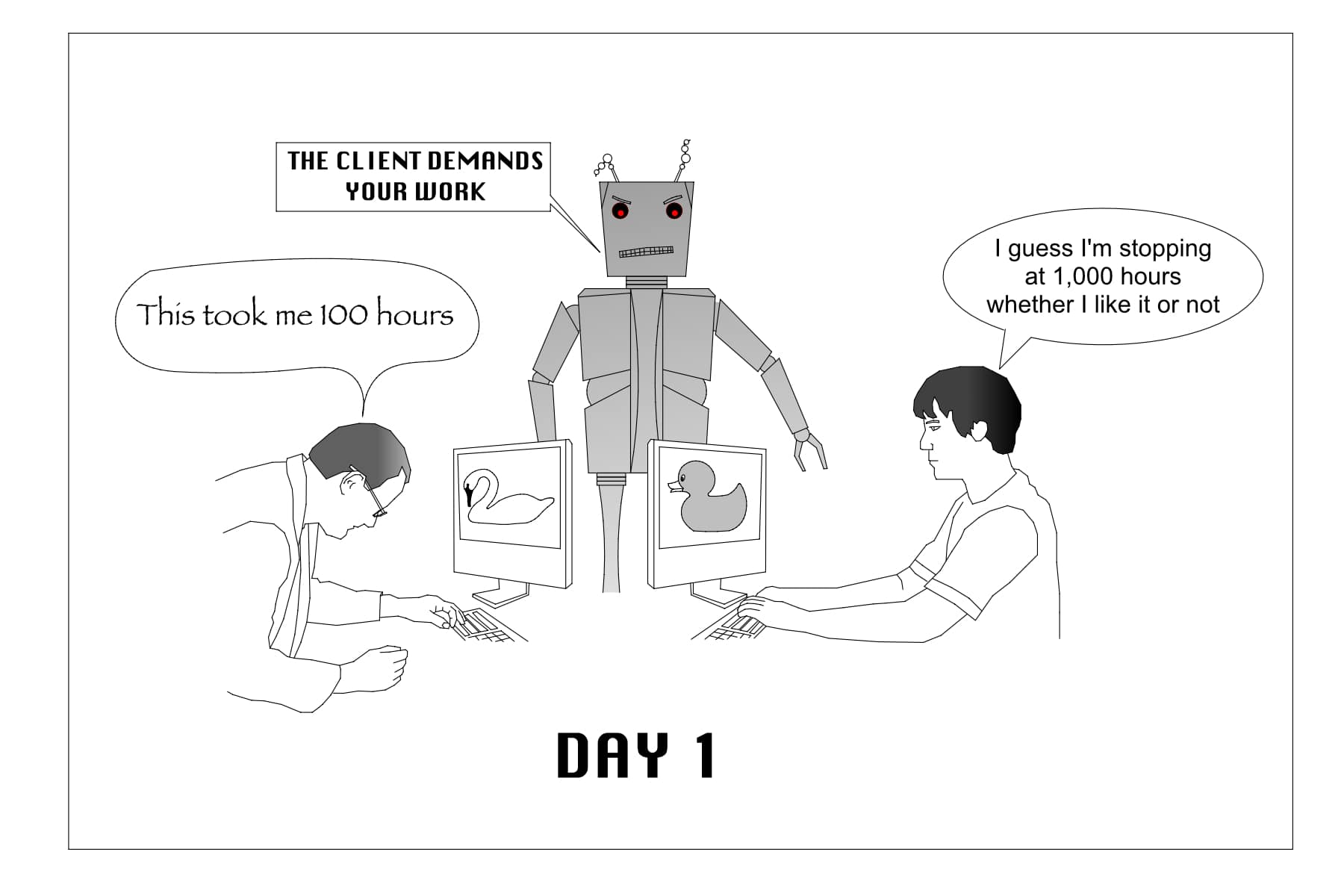
Switching to BIM in the Era of Big Data
The pressure to get more out of BIM gets ever greater. In years past we switched to BIM because we wanted new software and thought 3D models looked cool. Or we got a new job and that’s what the firm did. BIM was hardly a term back in 2006 when I started using Archicad, and not an acronym I heard until I’d be using Archicad for a year or two. The reasons for using BIM now are more fantastical. It’s not enough to do 3D models, to just have drawings produced automatically. The stakes are higher. The goals are loftier. Virtual Reality, Augmented Reality, 3D printing, robots, AI: these are all real things. Those technologies were jokes in 2006 when I first sat down in front of Archicad 9. They were just starting to be viable in 2016 when I first wrote this blog post. Now progressive and avant-garde firms incorporate all of those technologies and more.
Client demands and expectations increase. BIM standards are more prevalent and demanding. The IFC initiative began in 1994, and IFC2x3 was released in 2006, but it wasn’t until Archicad 15 in 2011 that it really began to matter to hardcore users. And really only since Archicad 17 and 18 that the value has been increasing exponentially. For those of us who learned Archicad before 2012, we had years before the current obsession with data took over. For those learning Archicad now, they are forced to listen to experts talk about data rather than the best way to do an automatic elevation. They are bombarded with marketing about collaboration, Cloud integration, energy modeling, and engineers. The conversation has moved on. The focus of what matters has left the realm of accessibility for most new users. Accomplishments of a new user that once elicited excitement from old-timers might now be met with “that’s nice, but what really matters is the Information”.
As more firms choose to adopt BIM for the right reasons, many will fail to make the transition. Too few will make the leap without heartache, lost profits, and existential trauma. The norm is to buy the software, hear the promises, and leap into the void expecting grand success and amazing output from day one. Companies focus on emulating experienced BIM firms and struggle. This is a trap.
When switching to BIM, whether in 1986, 2006, or 2026, we must always do the same first step. I don’t mean step one for some people, I mean step one for EVERYONE learning BIM. ALWAYS. Regardless of the program. This is always step one: first match, then exceed.
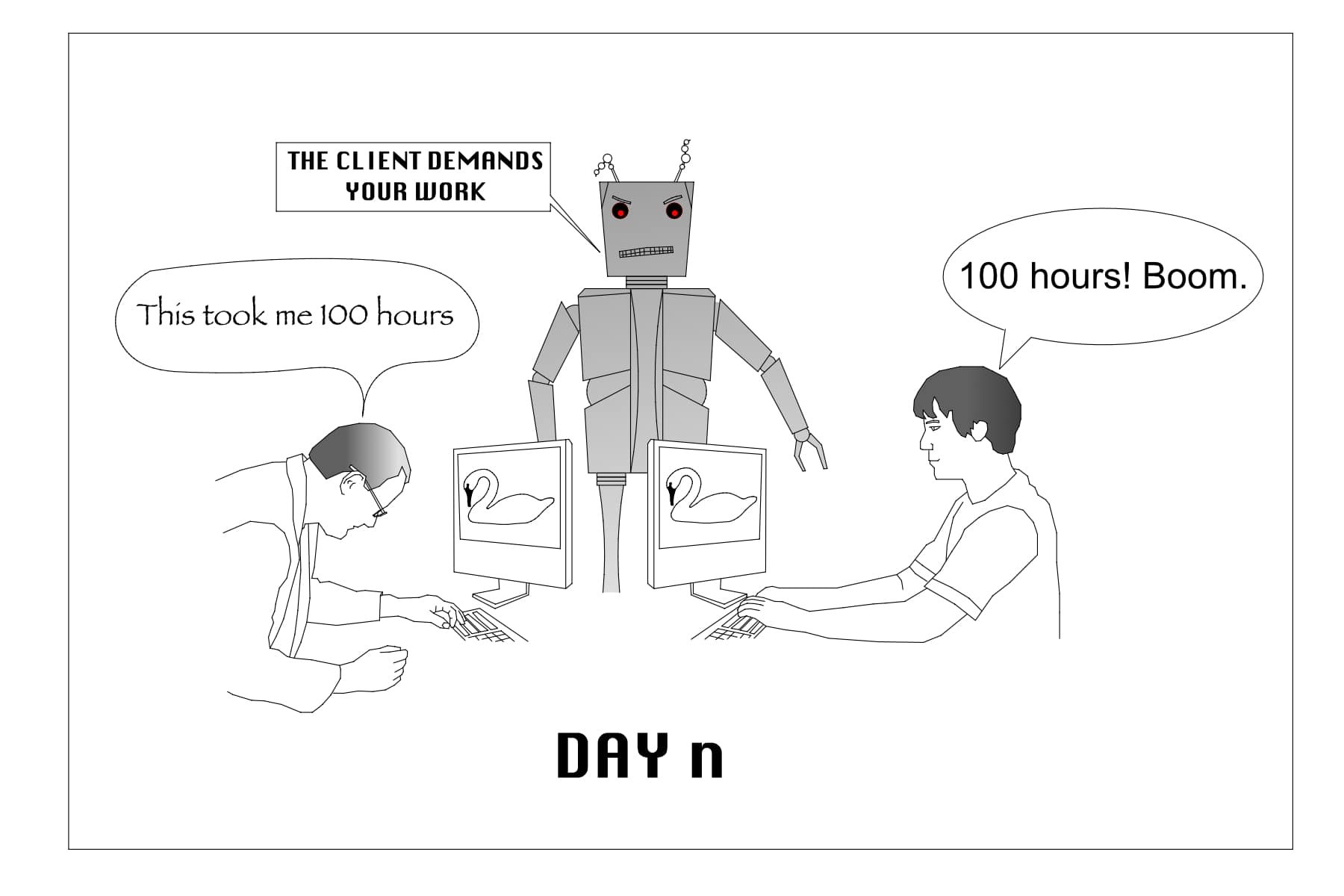
This is Always STEP ONE
When switching to BIM, your first goal is to match the speed and quality of your previous solution. Do what you did before, then do it better. Then add more. This is the path to BIM success. Match the speed and quality. If you could produce a beautiful set of drawings in 100 hours with CAD, step one is to create an equivalent set of equal beauty in those same 100 hours in your BIM tool of choice. It’s that simple. When you switch to BIM make sure you can equal what you did before. Same scope, same cost, same quality, same time. Fix all the points and work hard until before-BIM and after-BIM are just as profitable.
First Match, then Exceed. If you pride yourself on the beauty of your drawings, make beautiful drawings a priority. Accept that the beauty will be different. Match the quality of the aesthetics, but don’t try to replicate. Find an equivalent. Feel free to do things that BIM pros cringe at. I never waste time outlining elevations with thick 2D lines to help them ‘pop’. I used to do that, but haven’t for years. It’s a foolish waste of time that I’ve evolved past. However I’ve been using Archicad for over sixteen years and for many years I did add 2D outlines to elevations. In fact, if I go far enough back in time, I did many drawing types fully in 2D. When I learned Archicad, we hardly used the 3D model, let alone thought about photorealistic renderings. That’s how I got my speed. That’s how I learned BIM. And that’s what you need to do too. Cheats, workarounds, etc. they are all in service of getting to where you were. If you didn’t offer renderings pre-BIM, don’t promise renderings on your first projects. Or tell yourself those are bonuses once your primary job is done. Let your clients know that renderings and 3D images are additional services. Eventually they will be included in your standard offerings (more on that another day), but when you are first learning BIM, renderings aren’t free. Don’t promise them to your clients, coworkers, or bosses. They are not part of phase one of conquering BIM.
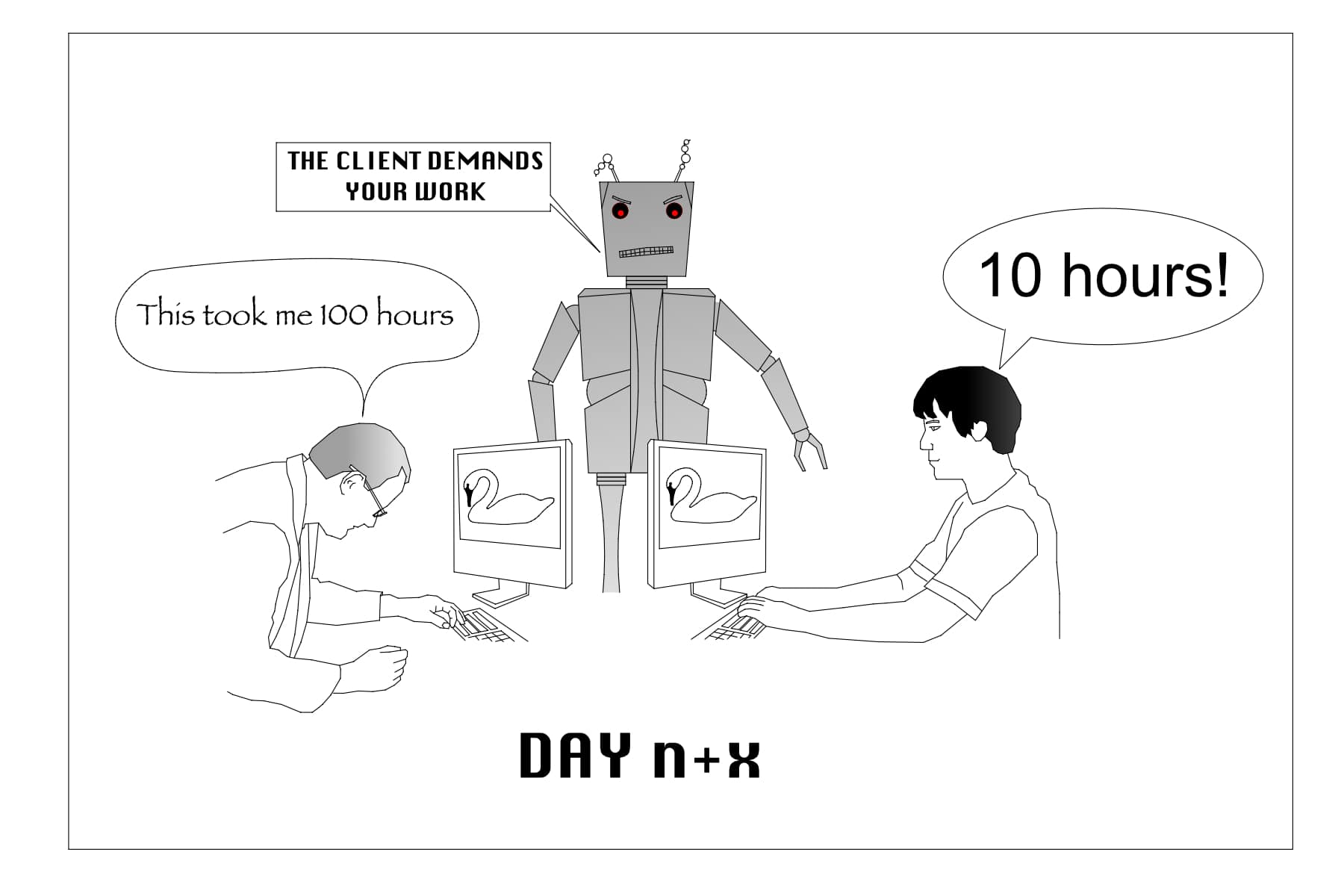
Do not get distracted by other demands but also remember that this is step one, not the final goal. Understand that your initial solutions are not your final solutions. If you need to do anti-BIM techniques to match your old methods, do it. But don’t get comfortable with those answers. Don’t train yourself into a corner. Use shortcuts, but understand that they will have to go. If you do un-BIM things, remember that once you match the speed and quality of your previous methods, your next step will be to strip away the bad habits you used to get there. This is something long term users did in less demanding times. Balance these shortcuts to profitability with the added time it’ll take to remove them before you can move on to what comes next.
If you are learning Archicad or one of its competitors, you must take the same steps we all took—the steps we took in coddled ignorance of the grander possibilities. Those of us who have been using Archicad for a long time had the benefit to grow with the program. You do not (not yet at least). But, you have the benefit of learning an easier and much better program. Times change. Programs evolve. People learn. What took us years to master, what we spent countless projects developing and perfecting, you get to do almost right away. ALMOST right away. While we had to discover, you just have to conquer. This is one of the primary reasons I share the Shoegnome Open Template for Archicad: to make mastering Archicad easier. The path is still the same. You learn A before B before C before Z. You can’t skip steps. You have to follow the path. Before you can export IFC for clash detection, do a photo-realistic rendering, movie, or sun study, have perfectly coordinated and automatic schedules, or send a model for fabrication, you first need to make an elevation with little to no 2D cheating—and make money doing it. A nice elevation might not be why you committed to learning BIM, but it’s what you must do first.
When switching to BIM, your first goal is to match the speed and quality of your previous solution.
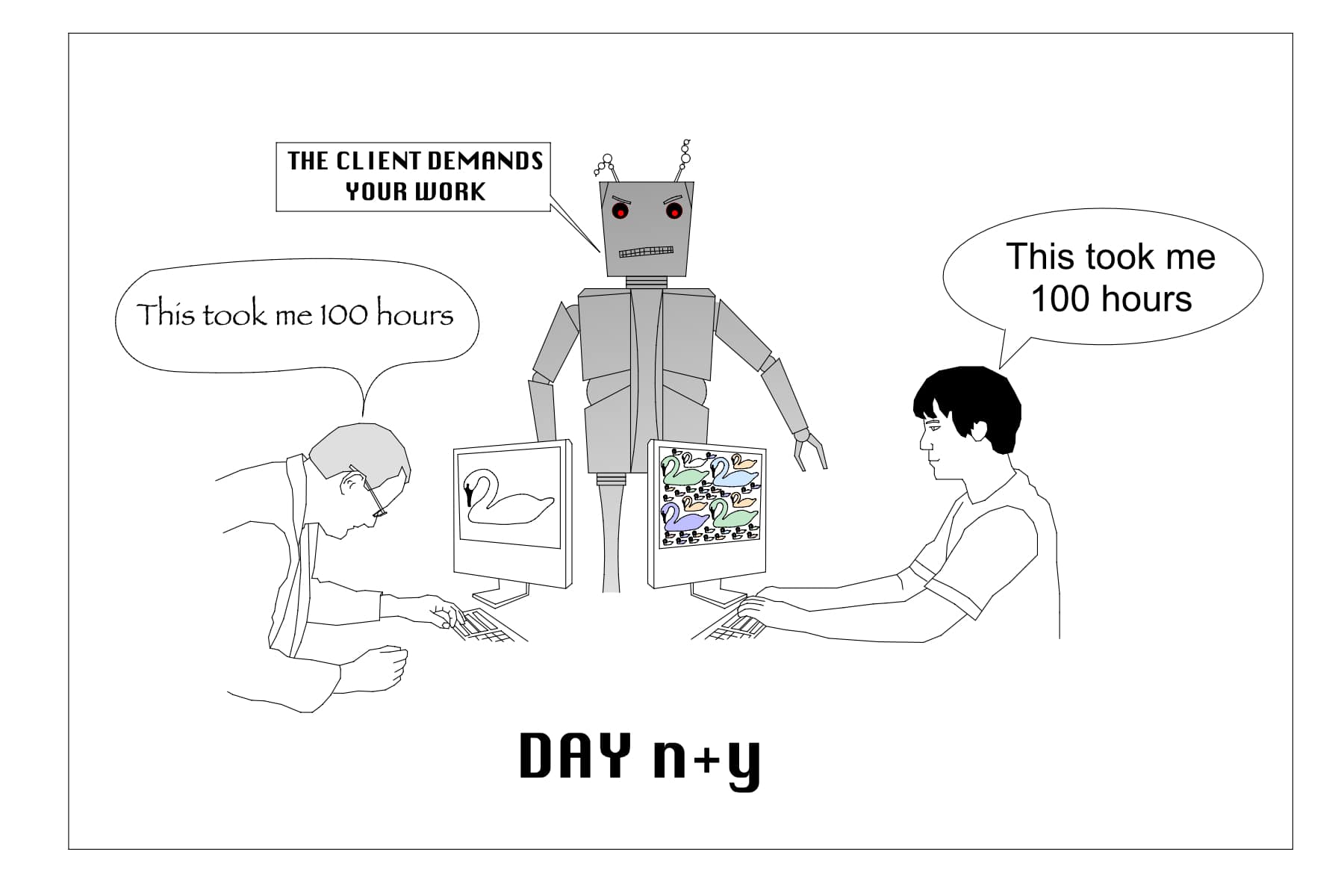
Advice for new users is a perennial topic for me. I want to help people make a successful transition to BIM. I know how much fun and empowering BIM can be, once you stop fighting against change and an evolved way of working. I’ve written many posts and lists about the overall process, here’s two worth checking out:
Wait, what? Avoid switching to BIM!?
People fought the transition to CAD and some still think they can avoid the switch to BIM. Or the switch from merely using a BIM program to thinking and designing with BIM. Or going from thinking and designing with BIM to revolutionizing what one produces… Back in 2015, my friend Jon Buerg wrote some great posts for me. Two of my favorites pertain to architectural production, the unyielding march of time, and the never ending cycle of progress.
Between 2012 and 2018, I wrote about two-hundred blog posts for the GRAPHISOFT North America blog, BIM Engine. Around 2020, the GSNA website was revamped. All my articles disappeared. A few other websites I wrote for between 2012 and 2022 have also disappeared. Fortunately I have copies of all the articles. I plan to republish as many of the old posts as I can here. While some posts only need minor editing, others need a lot of updating. It’ll likely take years to complete this project.
Follow Shoegnome on Facebook, Instagram, and Youtube.
Do you use Archicad? Check out the Shoegnome Open Template for Archicad.
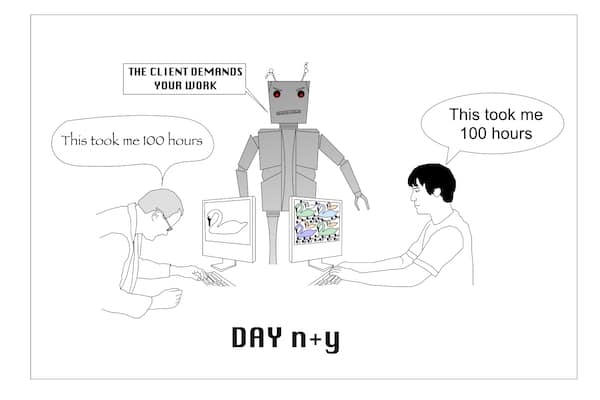
2 thoughts on “Your first task when switching to BIM”
Jared a very good point here. Switching to BIM is inevitable and a must for longevity. I began on version 4 I think on Archicad. Back then I was out of school 5 years I think. I drew by hand. Then taught myself how to plug in a computer, tried version 11 of autocad. changed jobs. Had to learn how to not only use a Mac, but a program called PowerCadd. (I loved that program) It felt natural to draw and it was graphically rich. I caught the computing fever. Never liked autocad because it didn’t have the same graphic capability. Then came Archicad. Back then it had integration with Powercadd. I could draw in one program and “elevate” it in Archicad. Boy has the world changed. I have always had the mindset of what you write about here. Do the same, in the same time and deliver bigger the best you know how to at the time. Then exceed in the tools used in the best way possible. The advice I gave to beginners was to draw the plans and elevation in the model as best as can be done. Then draw the details in 2d cad while learning the skill in BIM as you go. Eventually modeling was quick and decent to detail without 2d. Now as a seasoned user finesse in presentation techniques and concept delivery is a snap. pulling data is seamless. Great software is key. What we relate to the best is what we should use if possible. Thanks for writing as you do.
Paul, thanks for sharing your early adventures in PowerCadd and Archicad. I always like hearing these stories. We probably should all be writing them down more and sharing. Those of us that learned CAD/BIM in the 80s, 90s, and early 00s had a very different journey than someone learning today, I think.